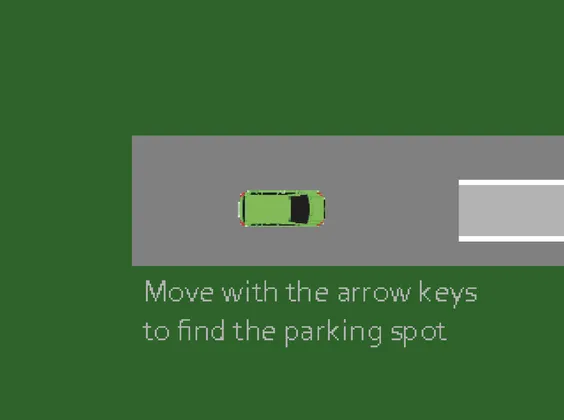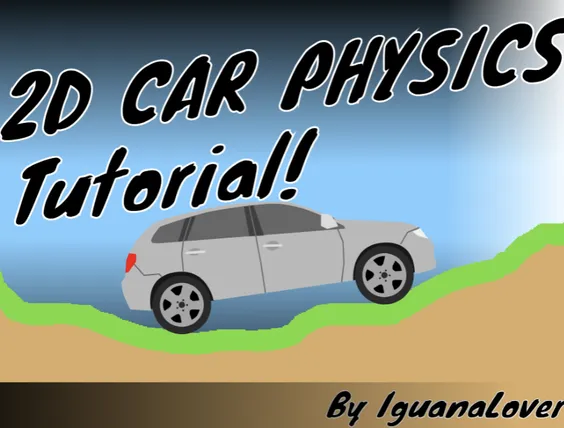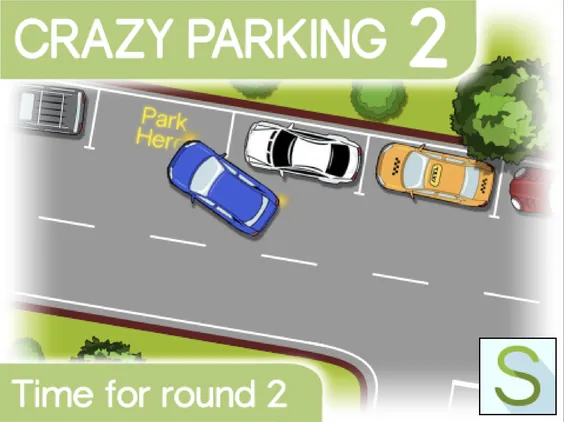Car Parking

Smoky Car
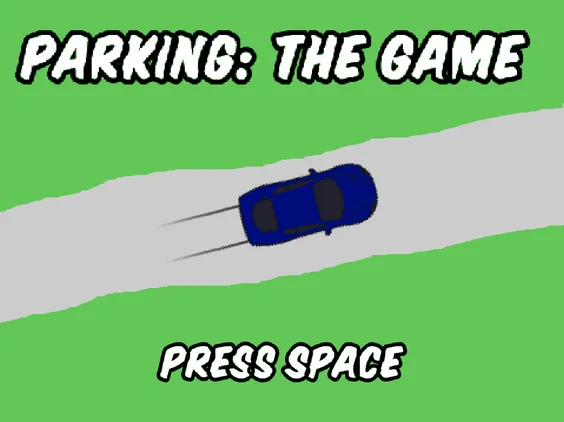
Parking The Game
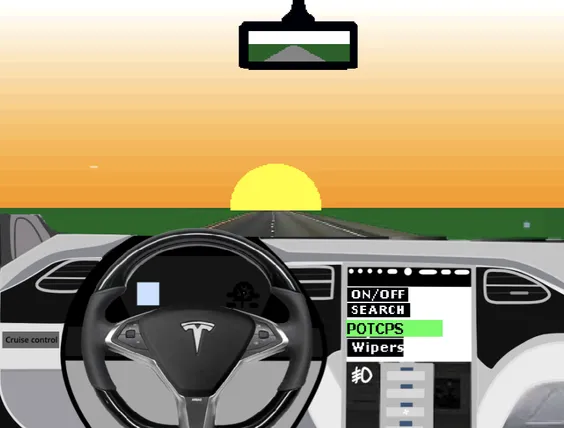
Car Simulator Tesla Edition

Car Ninja

Games Car Parking

Race Car Simulator
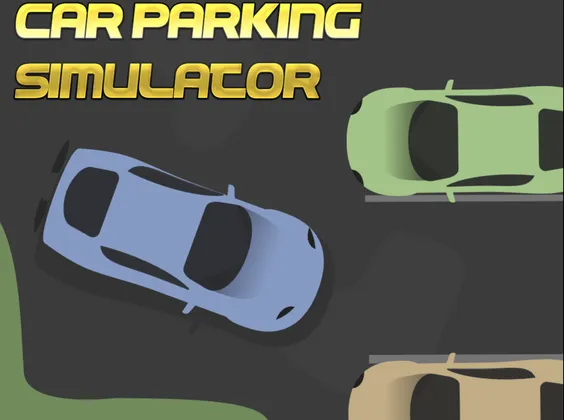
Car Parking Simulator

Parking Escape

Car Anatomy Mustang Gt350

Car Driving
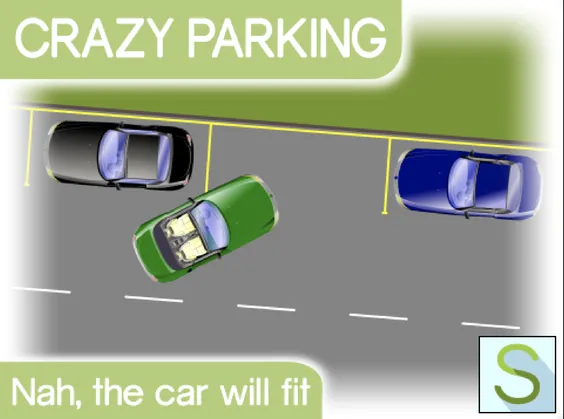
Crazy Parking

Car Driving Simulator Games Car Art 2
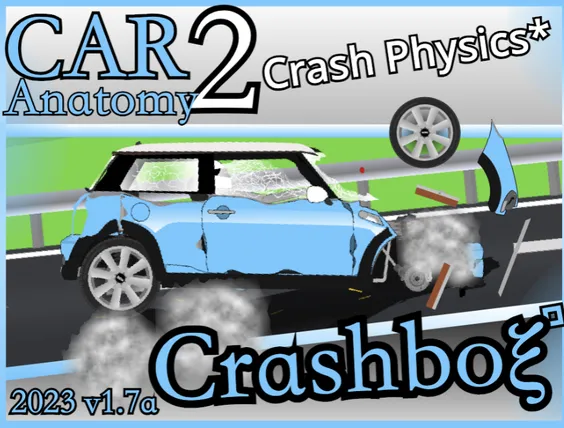
Car Anatomy Crashbo 1
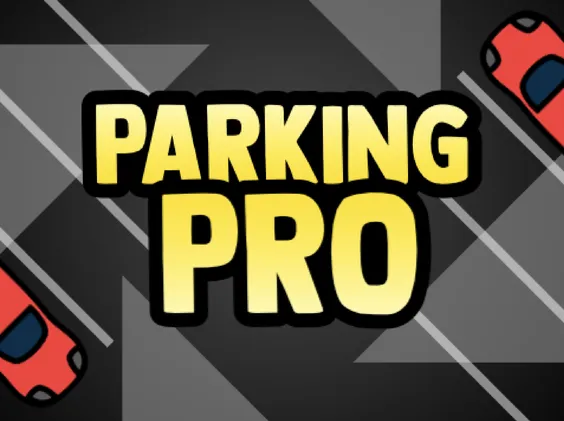
Parking Pro

Drifty Car
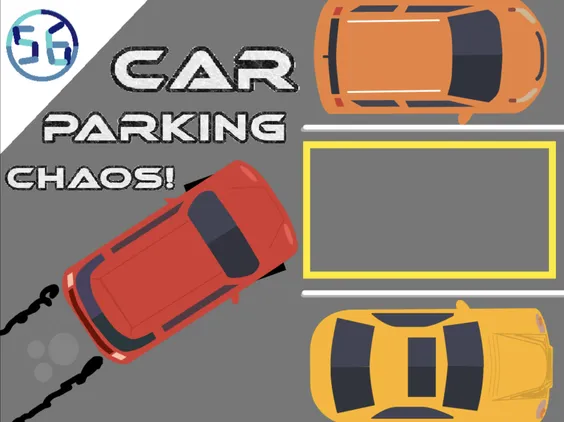
Car Parking Chaos V2

Car Parking Challenge
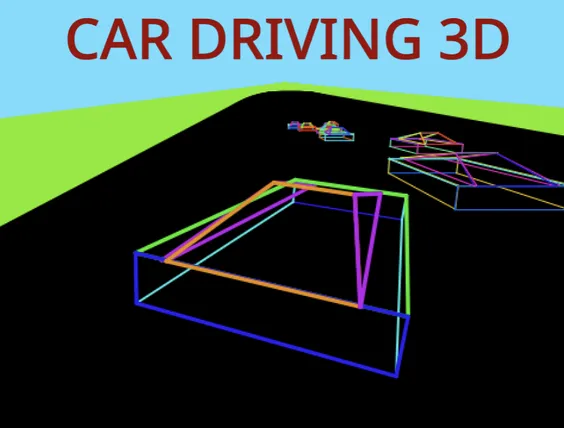
Car Driving 3d Pen V0

Car Racing

Parking Test
Mastering Car Parking: Tips and Tricks for Every Driver
Car parking can often feel like an overwhelming challenge, especially in crowded urban areas or busy shopping centers. The art of parking your vehicle, however, is a crucial skill that every driver should master. Whether you’re a novice driver still getting the hang of things or a seasoned pro looking to refine your technique, understanding the nuances of car parking can make a significant difference in your overall driving experience. This article dives deep into the world of car parking, offering practical advice, common pitfalls to avoid, and strategies to enhance your skills.
Understanding Different Types of Car Parking
When it comes to car parking, it's essential to recognize that there are several methods to do so effectively. The most common types of car parking include parallel parking, perpendicular parking, and angled parking. Each of these methods has its own set of rules and techniques, and mastering them can boost your confidence on the road.
Parallel Parking: A Step-By-Step Guide
Parallel parking can be intimidating for many drivers, but with the right approach, it can become a breeze. Here’s a simple step-by-step guide to help you out:
- Identify a suitable parking space—ideally, one that’s at least one and a half times the length of your car.
- Signal your intent to park and check your mirrors for pedestrians or cyclists.
- Align your car parallel to the vehicle in front of the parking space.
- Shift into reverse and turn your steering wheel towards the curb, allowing the rear of your car to enter the space.
- Once your front bumper clears the car in front, straighten your wheel and back into the space.
- Adjust your position as necessary to ensure you’re centered in the space.
Perpendicular Parking Made Easy
Perpendicular parking is typically found in parking lots and garages. It involves parking your car at a 90-degree angle to the parking lines. Here’s how to do it correctly:
- Choose a space that allows enough room for your vehicle.
- Signal and slow down as you approach the space.
- Position your car parallel to the space, ensuring you’re at least a few feet away.
- Turn your steering wheel sharply as you begin to back into the space.
- Keep an eye on your mirrors and check your surroundings as you park.
Angled Parking: Tips for Success
Angled parking is often seen in shopping centers and is a bit easier than parallel or perpendicular parking. To master angled parking, follow these straightforward steps:
- Approach the parking space slowly, keeping an eye out for pedestrians.
- Signal your intent to park and begin to turn your steering wheel toward the space.
- As you enter the space, straighten your wheel to align with the parking lines.
- Make sure you’re centered and adjust if necessary.
Common Mistakes to Avoid in Car Parking
Even experienced drivers can make mistakes when it comes to car parking. Here are a few common pitfalls to watch out for:
- Failing to signal your intent to park can confuse other drivers and lead to accidents.
- Not checking your surroundings before parking can increase the risk of hitting pedestrians or other vehicles.
- Parking too close to other cars can block access and lead to potential damage.
- Rushing the parking process can lead to mistakes—take your time to ensure safety.
The Importance of Parking Etiquette
Practicing good parking etiquette is essential for maintaining a harmonious driving environment. Always park within the lines, avoid taking up multiple spaces, and be considerate of others when parking in public areas. Following these simple guidelines can help reduce frustration and ensure that everyone has a pleasant experience.
Utilizing Technology for Better Car Parking
As technology advances, so does the way we park our cars. Many modern vehicles come equipped with parking assist features that can make the process easier. These systems use sensors and cameras to help guide you into tight spots. If you’re driving an older model, consider investing in aftermarket solutions to improve your parking experience.
Practicing Car Parking Skills
The best way to become proficient at car parking is through practice. Find an empty parking lot or a quiet street where you can experiment with different parking techniques without the pressure of other vehicles or pedestrians. The more you practice, the more comfortable you’ll become with the various methods of parking.
Understanding Local Parking Regulations
Every city has its own parking regulations, and it’s crucial to familiarize yourself with these rules to avoid fines and penalties. Pay attention to signage indicating parking restrictions, time limits, and meter requirements. Being aware of local regulations will enhance your overall parking experience and prevent unnecessary hassles.
Car Parking in Different Weather Conditions
Weather can significantly impact your car parking experience. Rain, snow, and ice can make surfaces slippery and visibility poor. Adjust your driving and parking techniques accordingly by slowing down and allowing extra space for maneuvering. In snowy conditions, be mindful of snowbanks that can limit your parking options.
The Benefits of Becoming a Parking Pro
Mastering car parking offers numerous benefits. It enhances your overall driving skills, reduces stress when finding a space, and increases your confidence on the road. Additionally, being proficient at parking can help you avoid accidents and costly repairs, making it a valuable skill for every driver.
In conclusion, car parking is a vital skill that every driver should prioritize mastering. From understanding the different types of parking techniques to avoiding common mistakes and practicing good parking etiquette, there’s a wealth of knowledge to enhance your skills. Moreover, leveraging technology and being aware of local regulations can further simplify the parking process. With a little practice and dedication, you can become a car parking pro, making your driving experience much more enjoyable and stress-free.
